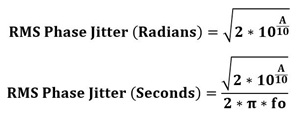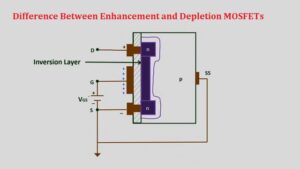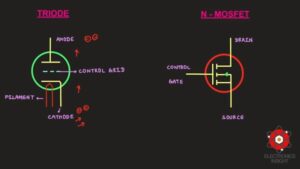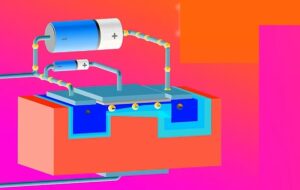Uses of the Convertor
This phase noise to jitter convertor is highly valuable for RF engineers and designers who need to estimate timing jitter from oscillator phase noise. It helps evaluate signal integrity, system stability, and the performance of RF and high-speed digital circuits efficiently.

Formula for Conversion
RMS Phase Jitter in Radians:
Jitter (rad) = √[2 × 10^(Phase Noise (dBc) / 10)]
RMS Phase Jitter in Microseconds:
Jitter (µs) = Jitter (rad) ÷ (2 × π × Oscillator Frequency)
Explanation of the Formula
The first equation converts integrated phase noise in dBc into RMS phase jitter measured in radians. The second formula converts this phase jitter into a time-domain value in microseconds using the oscillator’s angular frequency (2π × frequency).
Formula Example
Consider an oscillator running at 10 MHz with an integrated phase noise of -80 dBc. The RMS jitter in radians can be calculated as:
Jitter = √[2 × 10^(-80 / 10)] ≈ 1.414 × 10^-4 radians
Converting this to microseconds:
Jitter = (1.414 × 10^-4) ÷ (2 × π × 10 × 10^6) × 10^6 ≈ 2.25 × 10^-3 µs
Why Use This Convertor
1. Provides a fast and accurate conversion from phase noise to jitter without manual calculations.
2. Helps engineers evaluate oscillator performance and signal quality quickly.
3. Crucial for RF and high-speed digital systems where precise timing is required.
4. Minimizes errors in phase noise to jitter conversion, ensuring more reliable design assessments.








